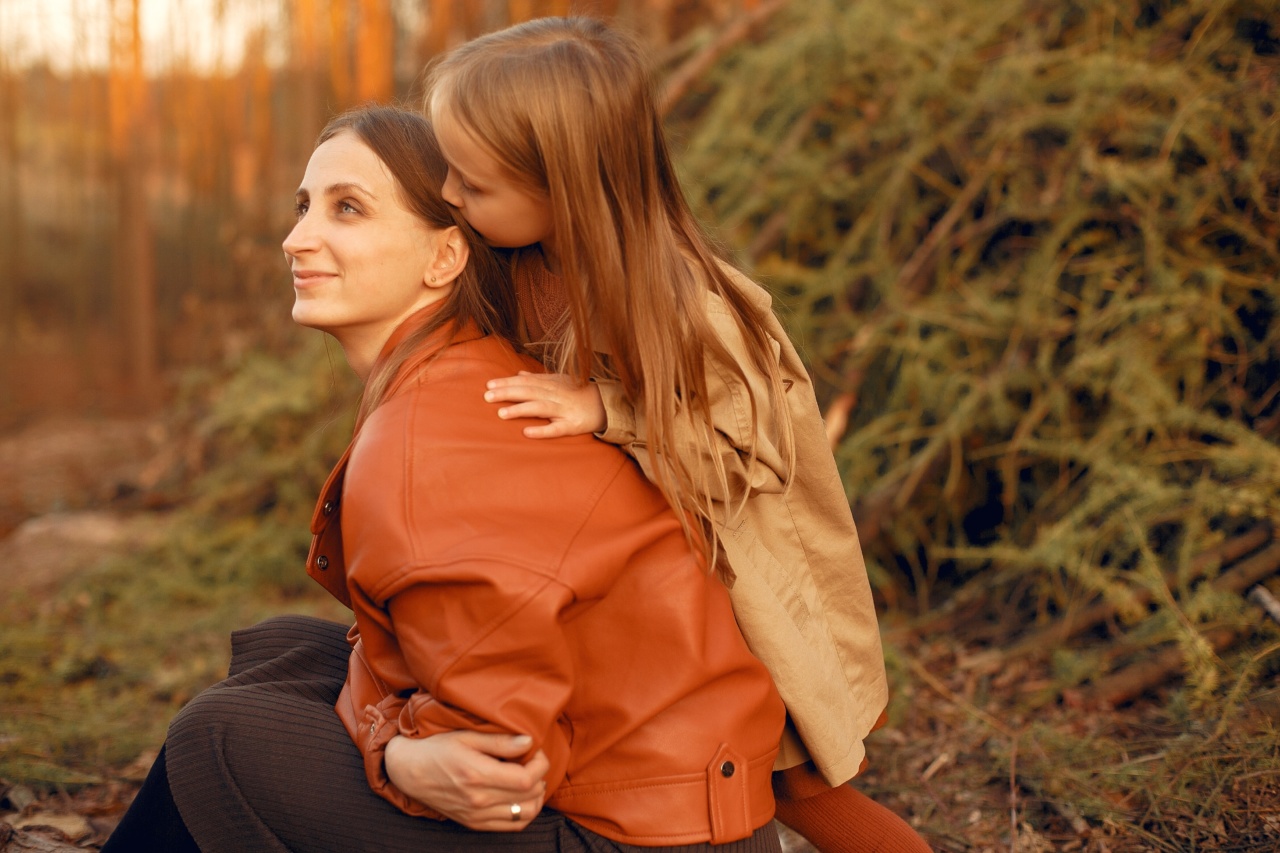The act of kissing is a universal language of love and desire, found in almost every human culture. It is a powerful gesture that can convey a range of emotions, from joy and affection to passion and intimacy.
But have you ever wondered what happens in our bodies when we kiss? What is the science behind this seemingly simple yet incredibly complex act?.
The Anatomy of a Kiss
A kiss involves much more than just pressing your lips against someone else’s. It engages various parts of our bodies, triggering a cascade of physiological and psychological responses.
The Power of Pheromones
Pheromones, the chemical messengers of attraction, play a significant role in the art of kissing. These scent molecules are released by our bodies to transmit information to others, even at a subconscious level.
When we kiss someone, we unconsciously pick up on their unique pheromones. This exchange of pheromones can help us assess compatibility and sexual attraction, influencing our overall perception of the kiss.
Biochemical Reactions in the Brain
Kissing also triggers a series of biochemical reactions in our brains. When our lips meet, nerve endings send signals to the brain, which releases a surge of chemicals including oxytocin, dopamine, and serotonin.
These neurotransmitters are associated with pleasure, bonding, and feelings of happiness and well-being. Kissing can literally make us feel high.
The Health Benefits of Kissing
Beyond the emotional and psychological effects, kissing has several surprising health benefits. It boosts our immune system by increasing the production of antibodies, which help fight off infections and illness.
Kissing can also lower cortisol levels, a stress hormone, promoting relaxation and reducing anxiety. Additionally, the physical act of kissing stimulates our facial muscles, improving blood circulation and giving us a natural facelift.
The Kissing Styles Around the World
While kissing may be universal, the way it is practiced can vary significantly across cultures. In some societies, such as France, kisses are exchanged on both cheeks as a form of greeting.
In others, like Eskimo cultures, nose-to-nose rubbing is a common way to show affection. Different countries also have different attitudes towards public displays of affection through kissing, ranging from conservative to more open and liberal.
These cultural differences reflect the diverse ways in which kissing is understood and expressed.
The Evolutionary Significance of Kissing
Scientists have proposed several theories about the evolutionary origins of kissing. One theory suggests that kissing helps us assess a potential mate’s health and genetic compatibility through the exchange of information in our saliva.
Another theory proposes that kissing evolved from the practice of mothers chewing food for their infants, as a way to “pre-chew” and pass nutrients to their offspring. While the exact evolutionary purpose of kissing remains uncertain, its widespread existence suggests that it serves an important adaptive function.
The Psychology of Kissing
Kissing is not just a physical act; it is deeply intertwined with our emotions and psychology. It is an expression of love, desire, and intimacy, and serves as a powerful form of non-verbal communication.
Kissing releases endorphins, the body’s natural feel-good chemicals, which contribute to feelings of attachment and bonding between partners. It creates a sense of trust and intimacy, helping to strengthen the emotional connection in a relationship.
Kissing and Our Senses
Kissing engages multiple senses simultaneously, making it a truly sensory experience. We experience the softness and warmth of our partner’s lips through touch, taste the saltiness of their skin, and inhale their unique scent.
The combination of these sensory inputs enhances the pleasure and intensity of the kiss, amplifying the emotional impact it has on both individuals.
The Cultural Symbolism of Kissing
Kissing has deep cultural symbolism and carries various meanings depending on the context. In many cultures, a kiss is seen as a sign of romantic love and affection. It is a gesture of respect, greeting, or farewell.
Kissing can also be used as a form of social bonding or a display of power and dominance. The cultural significance attached to kissing highlights its symbolic nature and its role in shaping social norms and relationships.
The Science of the Perfect Kiss
Is there a perfect formula for a mind-blowing kiss? While personal preferences may vary, science offers some insights into what makes a kiss unforgettable. Good oral hygiene, fresh breath, and soft lips are essential factors.
The right balance of pressure, rhythm, and variation can heighten the pleasure. Eye contact and emotional connection add an extra layer of intimacy. Ultimately, the perfect kiss is one that is mutually desired, consensual, and reflective of the unique chemistry between two people.






























